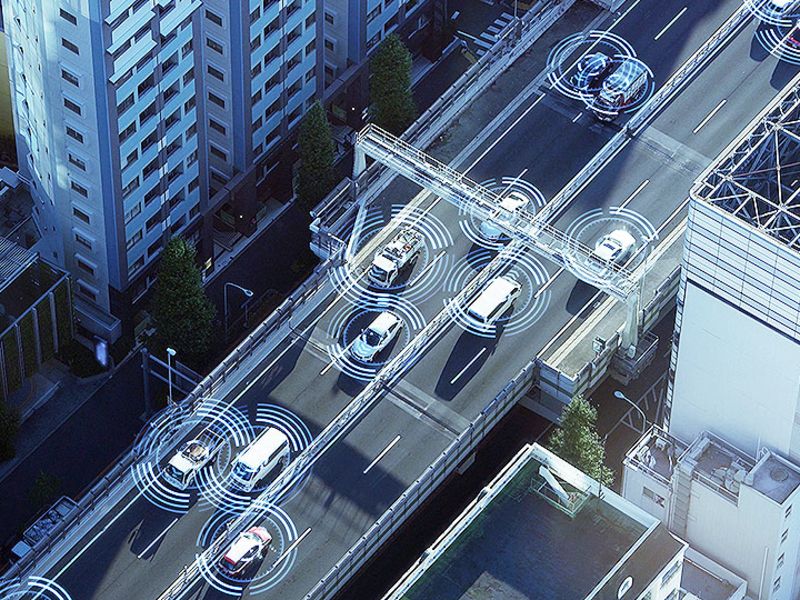
As automakers seek to make their vehicles increasingly connected — especially given the myriad benefits that can be provided — there are still some wrinkles to iron out.
Chief among them? Cybersecurity threats, consumer data privacy concerns and the possibility of connectivity — or a lack thereof — affecting safety-critical functions of a vehicle.
In September, Tesla drivers experienced a brief network outage that left some unable to connect to the company’s app and website. Drivers said the disconnection from the mobile app impacted their ability to open their car doors and access other services.
Though rare, the Tesla example — first reported by website Electrek — is a lesson to automakers and raises questions about the reliability of connectivity in today’s vehicles. Though the outage affected mobile access and no operational or safety features were impacted, it’s especially pertinent given that more than 500 million vehicles are expected to be on the road with some form of connectivity globally by 2025, according to IHS Markit.
“It’s an issue as much for Tesla as for any company that relies on connected services or cloud services,” said Sam Abuelsamid, principal at Guidehouse Insights. “As we become more and more dependent on services that are running in the cloud, rather than running locally, you see that connection becomes potentially a major bottleneck.
“Manufacturers are going to have to be very careful about how they deploy systems that rely on connectivity to make sure that there is always some sort of fallback position so that you have at least some degree of functionality and some way to let the customer know that this system is not fully functional,” he said.
Tesla has become particularly dependent on cloud services for a variety of tasks. Before the launch of the Model 3 and Model Y, Tesla used key fobs for the Model S and the Model X, but also had a smartphone app that drivers could use to unlock their car. Drivers often left their fob at home and relied on the app to unlock the vehicle.
“The problem there is, even if the cloud platform is working properly, you still had to actually have connectivity to the cloud,” Abuelsamid said. “If you perhaps went for a drive somewhere where your cellphone connectivity was nonexistent and then inadvertently locked the door, you might not be able to get back into the car.”
Tesla now uses near-field communication, with which a driver can simply put their phone into contact with their car door, and if the phone has previously been paired to the vehicle, it will unlock without requiring cloud connection.
Automakers have explored alternative technologies that don’t depend on a reliable network connection, such as these keyless entry systems that use near-field communication and, more recently, ultra-wideband technology.
Manufacturers can also use a hybrid approach that blends connected software with embedded hardware so that a vehicle retains at least partial capabilities in an outage.
While some features, such as infotainment and mobile access, are connected to the cloud, “mission critical” systems include active segmentation, which helps ensure functionality “so that a break does not impact vehicle operations as a vehicle is traveling or moving or anything that would, in essence, jeopardize consumer safety,” Bryan Chance, global connected car solution leader at EY, told Automotive News.
Though a 5G wireless network could also help address potential outages, incidents still pose significant safety concerns for consumers, said Jennifer Dukarski, automotive technology attorney at law firm Butzel Long.
“If you’re relying on ADAS systems, like a lane-keeping assist, and the lane-keeping assist went down or it did something that was unusual because of a potential defect, you are starting to talk about potential safety defects,” Dukarski said in an episode of Automotive News’ “Shift” podcast.
But to Chance, though connectivity is in its infancy, the safeguards that automakers are putting into these vehicles provide assurance.
“I believe this evolving vehicle-connected ecosystem is going to be very similar” to that of iPhones, Chance said.
“We are going to have some challenges. I think the challenges will be constrained to where it doesn’t impact vehicle safety. But this is going to evolve and grow, and there are some enablers that are going to accelerate growth, like 5G and abilities for more data to be transferred in a more rapid period of time. But it’s going to continue to grow.”